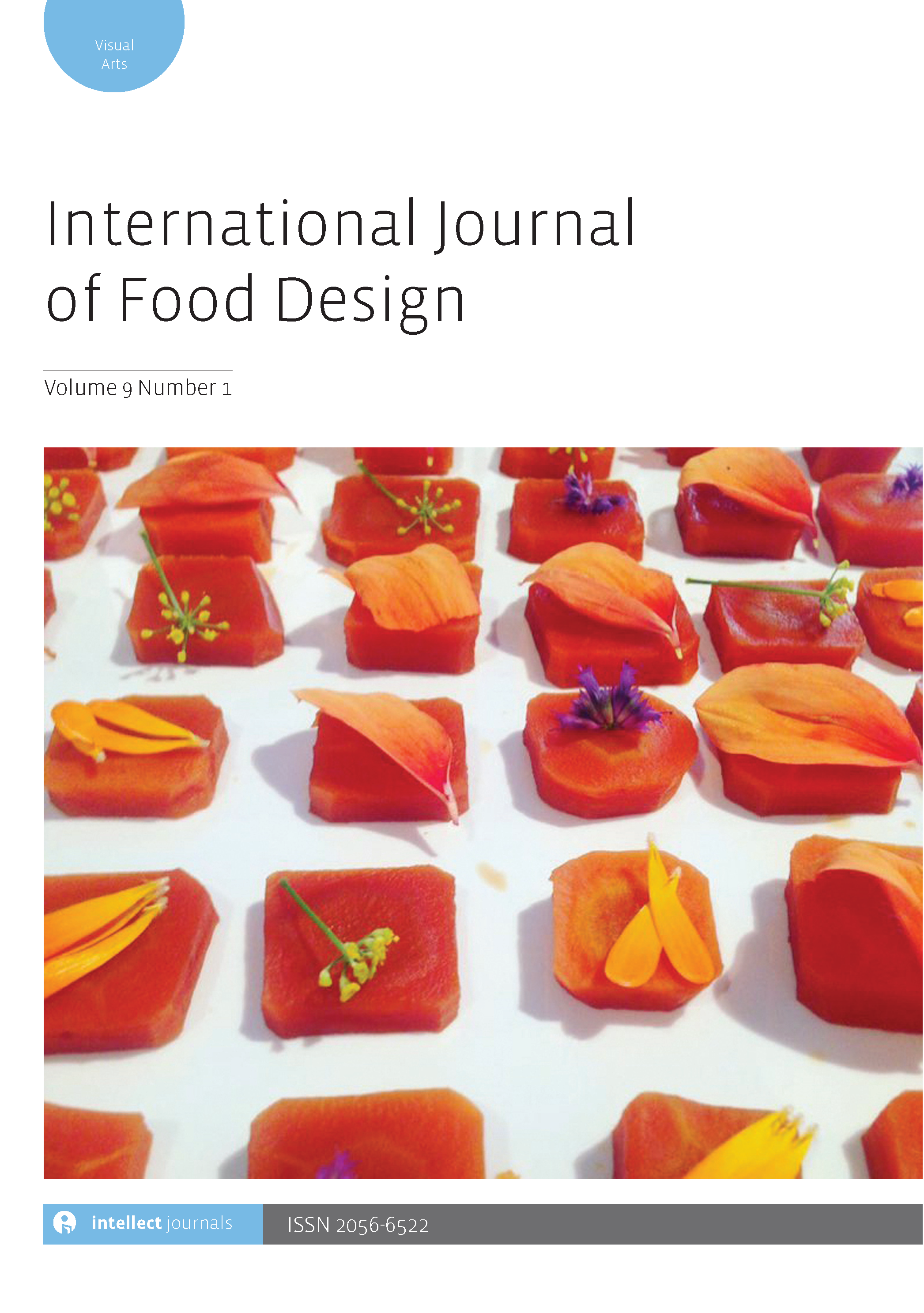-
oa To meat or not to meat?
- Source: International Journal of Food Design, Volume 5, Issue 1-2: Creative Tastebuds 2020, Dec 2020, p. 83 - 92
-
- 15 Jun 2020
- 05 Sep 2020
- 01 Dec 2020
Abstract
We are facing a pandemic: climate change. In order to sustain a future population with a healthy diet, we need drastic changes in our food systems. With the demand for change both in our eating behaviour and the food industry, this opinion article dives into a currently disputed food resource with regards to climate impact: meat. First, the importance of understanding the dynamic term ‘sustainability’ is stressed. We argue that an interdisciplinary approach, which encounters not only social, economic and environmental factors, but also historical and especially taste aspects, are essential to change the current behaviour, aspects which are often forgotten in the discussion about sustainability. In the light of taste, and in particular the liking hereof, we argue that ‘umamification’ should be part of the consideration in a sustainable food system, which could come from alternative protein sources, such as marine animals or using meat in small amounts as a seasoning rather than not eating meat at all. The sustainable taste should not be tasteless but should be even tastier in the future in order to create a sustainable food system.
Funding
- The Nordea Foundation



